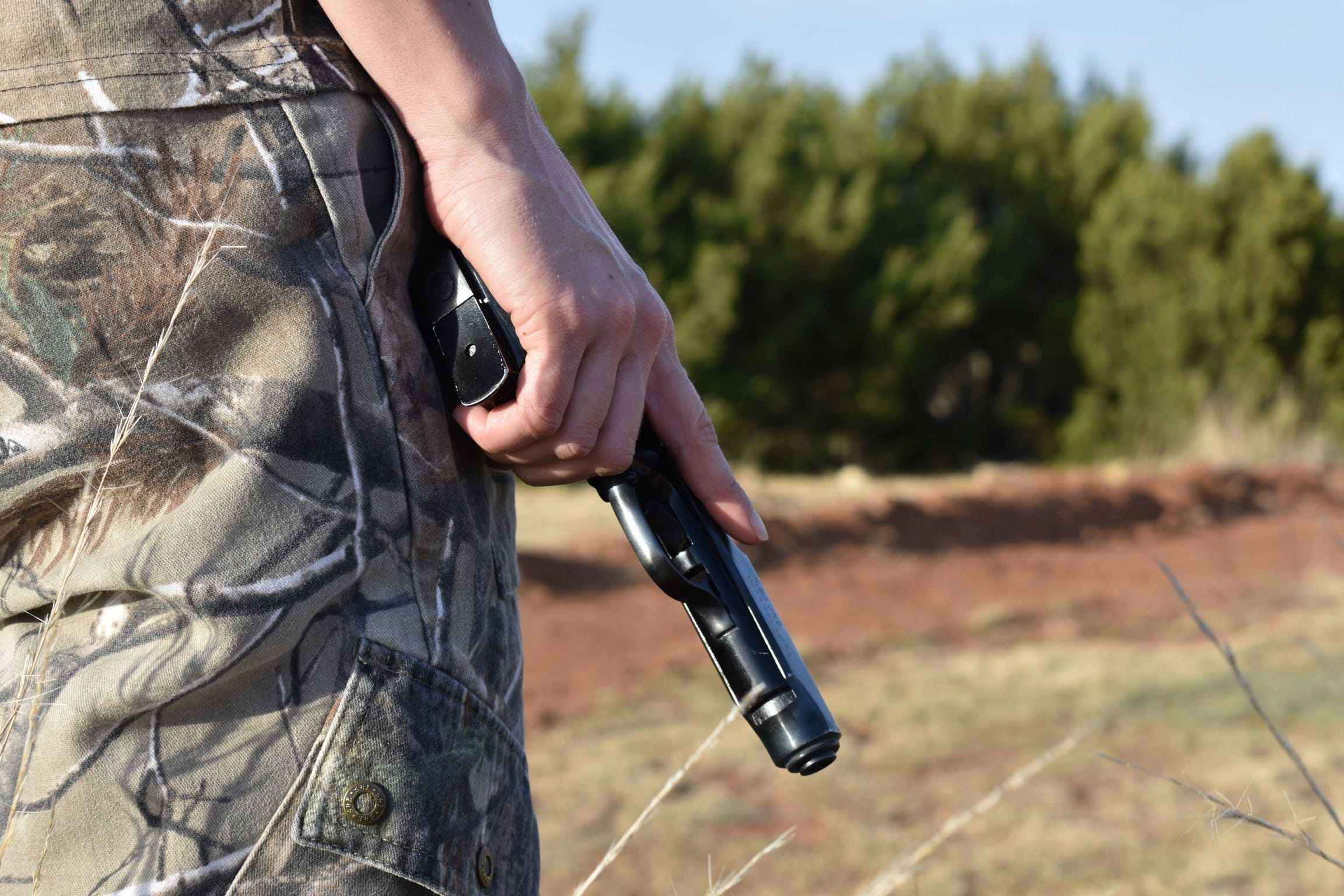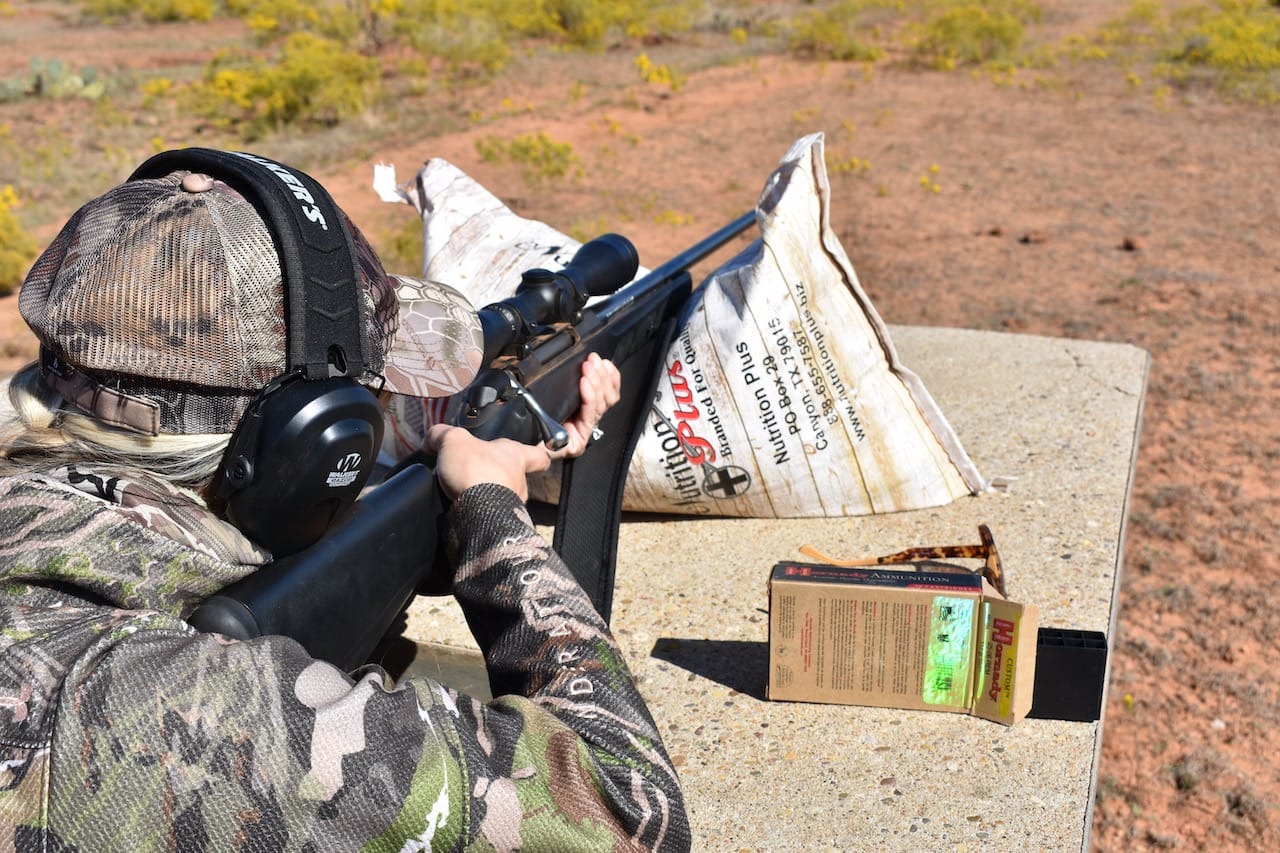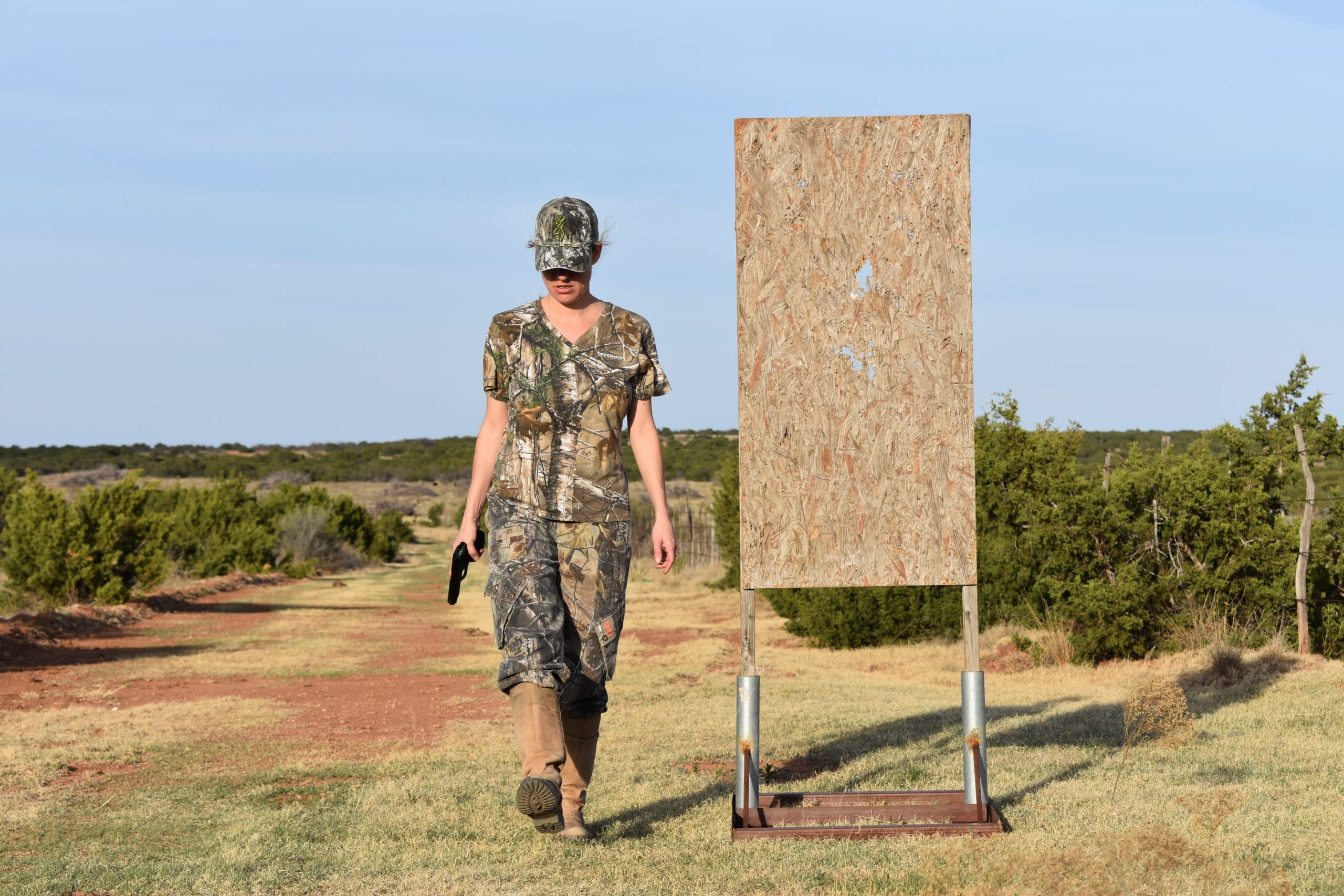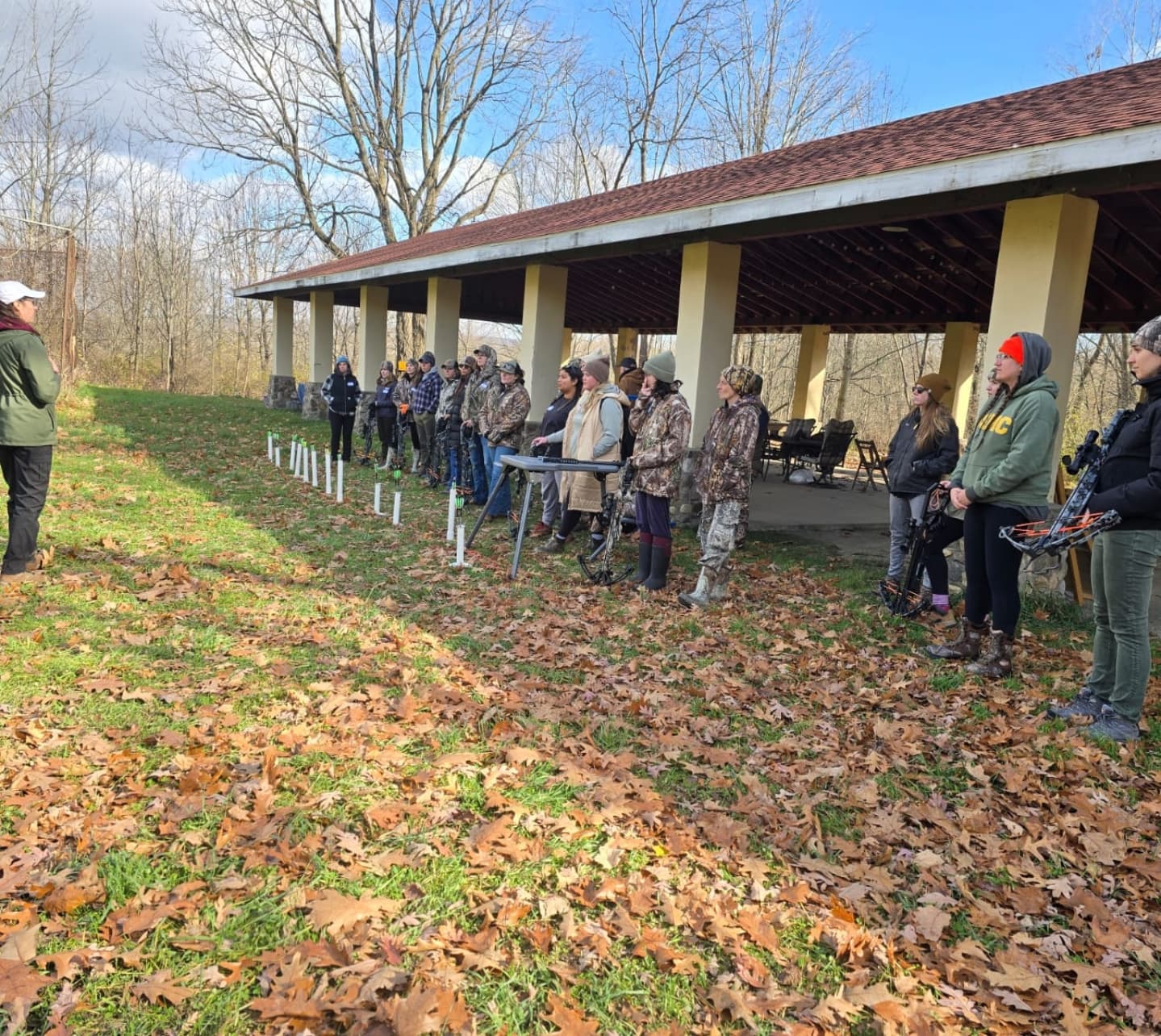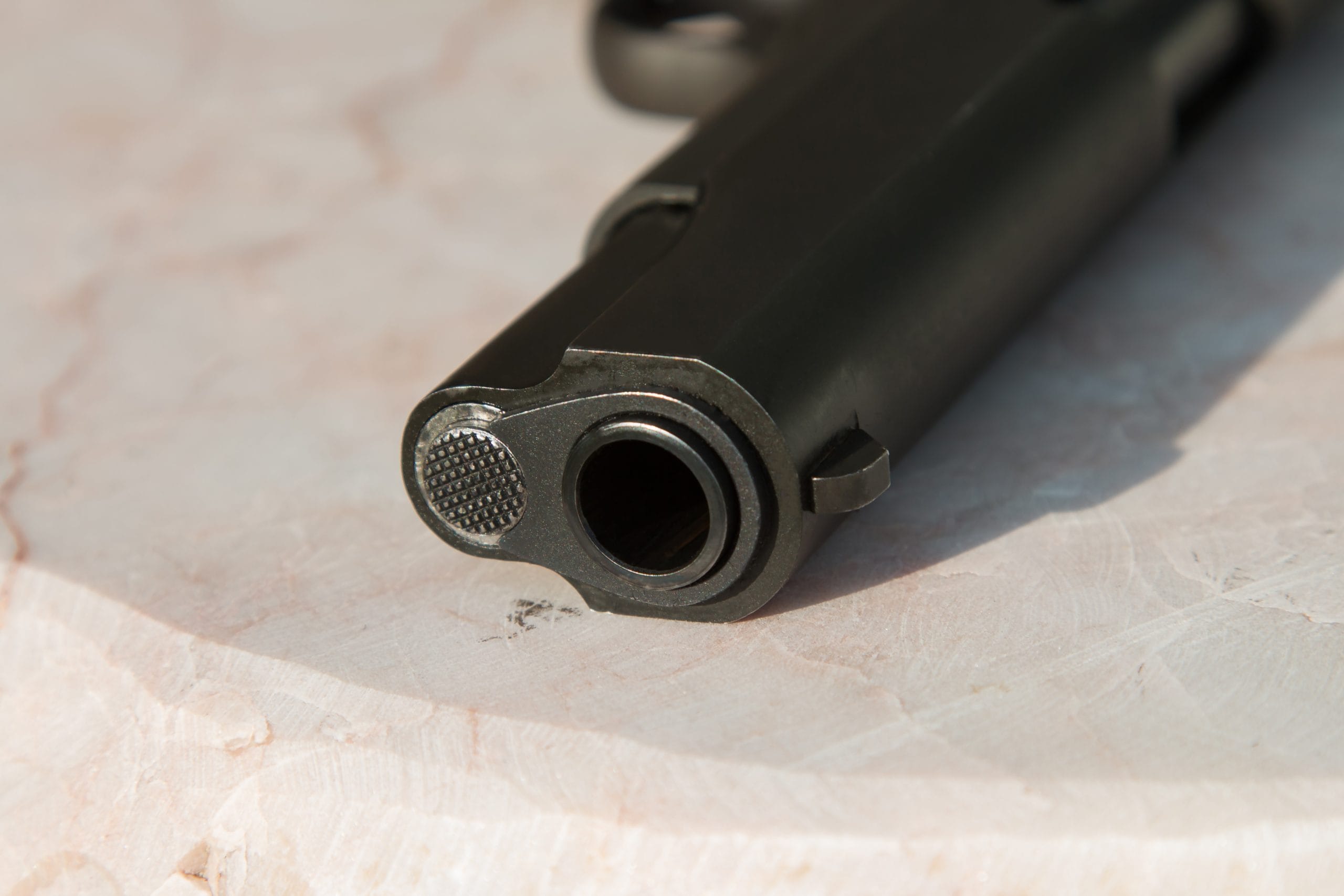More women are getting into shooting than ever before. But for a first-timer, walking into a gun store or range can feel intimidating. The sheer number of choices, the technical terms, and not knowing what questions to ask can be overwhelming.
This guide is here to help. We'll break down the process of picking your first firearm into simple, easy-to-understand steps, focusing on what matters most: safety, fit, and comfort.
Start with Why
Before you even think about what kind of gun to buy, you need to know why you're buying it. The reason you want a firearm will guide every other decision you make.
For Self-Defense
Your priority here is a firearm that is reliable and easy to use under pressure. Most people choose a handgun for this purpose, as they are compact and can be easily carried.
For Fun at the Range
If you just want to shoot targets, you can start with a .22LR pistol or rifle. These are fantastic for beginners because they have almost no recoil, and the ammo is inexpensive, allowing you to practice for hours without your hand getting sore or your wallet getting light.
For Hunting
This depends on what you’re hunting. A rifle for deer, a shotgun for birds, or a small-caliber rifle for small game.
Know Your Options
Once you know your purpose, you can start looking at the different types of firearms.
Handguns
These are the most popular choices for self-defense and recreational shooting. They come in two main types:
Semi-Automatic Pistols
These are the most common handguns today. When you fire a shot, the gun automatically ejects the empty shell and loads a new round from the magazine.
- The Good: High capacity (more bullets), quick to reload, and typically have less felt recoil.
- The Not-So-Good: More moving parts, which means more to learn. You have to practice loading, unloading, and clearing jams.
Revolvers
These have a rotating cylinder that holds the bullets. Each time you pull the trigger, a new bullet is brought into position and fired.
- The Good: Super simple to use and incredibly reliable. They don't usually jam.
- The Not-So-Good: Low capacity (usually 5-6 shots) and slow to reload. They also often have a heavier trigger pull and can feel like they have more recoil than a similarly sized semi-automatic.
Rifles & Shotguns
These are “long guns” and are generally easier for new shooters to learn on due to their size and how you hold them.
- Rifles: Great for target shooting and hunting. A .22LR rifle is a perfect starting point for anyone.
- Shotguns: Versatile guns often used for home defense or clay pigeon shooting. The “pump-action” type is a popular and reliable choice.
Finding a Firearm That Fits YOU
This is where many people go wrong. A gun isn't a “one-size-fits-all” tool. If it doesn't feel right in your hands, you won't be able to shoot it well or safely.
The Grip
Your hands should wrap comfortably around the grip. Your fingers shouldn't be straining to reach the trigger. If the grip is too big, you won't be able to hold it securely, which can lead to poor control and more felt recoil.
Pro Tip: Many modern guns, such as the Glock G43X or the SIG Sauer P365, are designed with thinner grips that accommodate smaller hands more effectively. Some guns even have interchangeable backstraps, allowing you to customize the size.
Weight and Balance
A heavier gun absorbs more recoil, making it more comfortable to shoot. A lighter gun is easier to carry but will feel “snappier” when you shoot it. The goal is to find a balance that you can hold up without getting tired, but that also doesn't feel like a toy.
Recoil
Recoil is the kick you feel when you fire a gun. It's a big reason why many new shooters get discouraged.
How to Manage It: Start with a firearm in a small caliber, such as a .22 LR, to get accustomed to the feel. A solid shooting stance and a firm, two-handed grip are your best friends for taming recoil.
Picking a Caliber
Caliber is the size of the bullet. It affects everything from recoil to the cost of the ammunition.
.22LR
This is the gold standard for beginners. Super-low recoil, super-cheap ammo. Perfect for building skills.
.380 ACP
A great step up from a .22. Found in many small, easy-to-conceal pistols. It has more recoil than a .22 but is still very manageable.
9mm
This is the most popular handgun caliber worldwide. It’s a great mix of manageable recoil, stopping power, and affordability. Most people who get serious about shooting eventually end up with a 9mm.
You Must Test-Fire Before You Buy
This is the non-negotiable step. Don't buy a gun just because someone told you it's a good one. Visit a shooting range and rent several different models.
Pay attention to how the gun feels in your hand, if you can comfortably pull the trigger, and if you can handle the recoil. This hands-on experience is the only way to know what works for you.
Education is Key
Buying a firearm is just the beginning. The most important investment you can make is in training.
- Take a Class: Find a certified instructor and take a beginner's safety course. This will teach you the fundamentals of safe handling, shooting technique, and firearm maintenance in a low-stress environment.
- Practice, Practice, Practice: The more you shoot, the better you’ll get. Regular trips to the range will help build confidence and make you a more responsible and proficient shooter.
In the firearms industry, the ability to sell guns isn't just about the transaction; it's about building a relationship of trust and expertise.
Businesses that understand this new demographic and provide resources, training, and a welcoming environment are the ones that will thrive.
Conclusion
Picking your first firearm is a personal journey. By understanding your purpose, trying different options, prioritizing a good fit, and committing to proper training, you can make a smart, confident choice.
Don't be afraid to ask questions and seek advice from professionals at a gun range or a reputable firearms store.
FAQs
What is the best handgun for a beginner female shooter?
There isn't a single “best” handgun, but many women find that slim-grip pistols, such as the Glock G43X, Smith & Wesson M&P Shield, or SIG Sauer P365 in 9mm or .380 ACP, are excellent starting points. Your best bet is to go to a range and try a few out.
Should I start with a revolver or a semi-automatic pistol?
Either one can be a good choice. Revolvers are simpler and very reliable. Semi-autos have more bullets and less felt recoil. Try shooting both and see which one you prefer.
How can a small woman handle firearm recoil?
Good technique is more important than size. A proper two-handed grip, a solid stance, and starting with a low-recoil caliber, such as a .22 LR, will help you manage recoil with ease. As your skills grow, you can move to bigger calibers.
What is a suitable caliber for a new shooter to use for self-defense?
The 9mm is the go-to for most people. It's a great balance of stopping power, manageable recoil, and widely available ammo. The .380 ACP is also a popular, lower-recoil option for concealed carry.
Where is the best place to get professional firearm training?
The best place is a local shooting range or a dedicated training company with certified instructors. Look for a class specifically for beginners. Organizations like the NRA and USCCA have resources to help you find qualified instructors near you.
